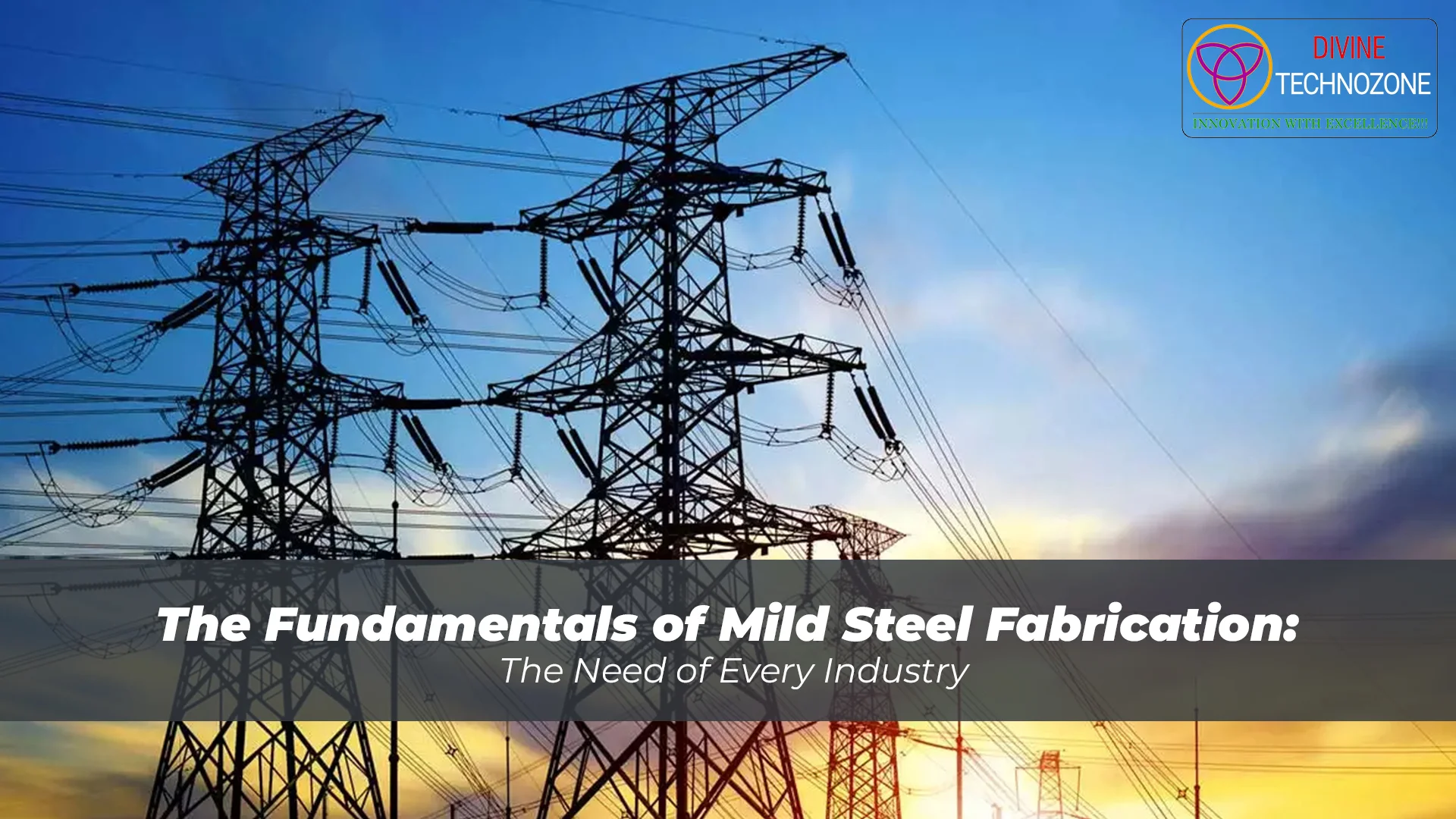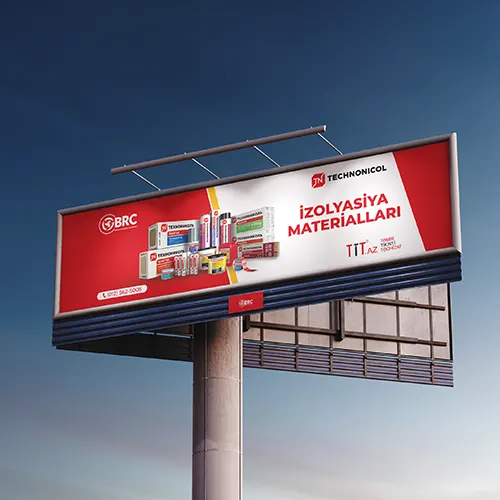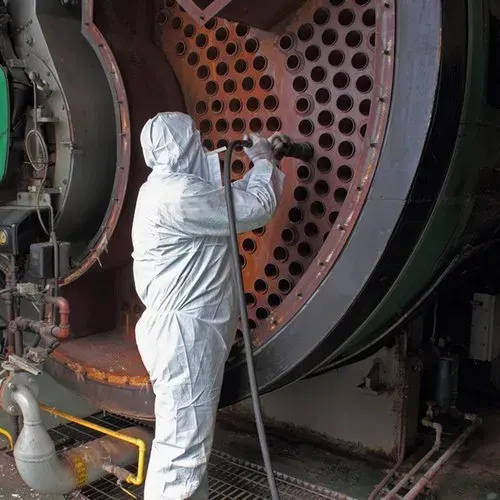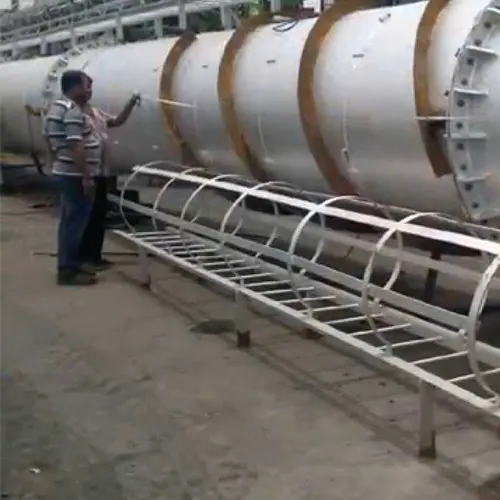Introduction
Mild steel fabrication is a crucial process in various industries, offering the perfect balance of strength, flexibility, and cost-effectiveness. This blog delves into the essentials of mild steel fabrication, highlighting its significance across multiple sectors.
Understanding Mild Steel
Mild steel, or low carbon steel, contains a small percentage of carbon (typically 0.05-0.25%), making it malleable and ductile. This composition makes mild steel ideal for fabrication processes such as welding, cutting, bending, and machining.
Core Techniques in Mild Steel Fabrication
Cutting
Laser Cutting: Provides precision and is ideal for complex shapes and designs.
Plasma Cutting: Effective for thicker materials, delivering clean and accurate cuts.
Shearing: Used for straight cuts, particularly in sheet metal fabrication.
Welding
MIG Welding: Popular for its speed and ease of use, suitable for large-scale projects.
TIG Welding: Offers high-quality welds, ideal for precision work and thinner materials.
Arc Welding: Versatile and suitable for heavy-duty applications involving thicker materials.
Bending and Forming
Press Braking: Utilizes a press brake machine to bend metal sheets at various angles.
Roll Bending: Involves rolling metal to create cylindrical or conical shapes.
Machining
Milling: Used to create complex shapes and features on mild steel.
Turning: Involves rotating the workpiece while a cutting tool shapes it, commonly used for cylindrical parts.
Applications Across Industries
Mild steel's adaptability makes it essential in numerous applications:
Construction: Used in structural beams, columns, and frameworks for buildings and bridges.
Automotive: Essential for car bodies, chassis, and engine components.
Industrial Equipment: Found in machinery components, storage tanks, and pipelines.
Furniture: Used in frames, supports, and fixtures in both commercial and residential settings.
Benefits of Mild Steel Fabrication
Cost-Effective
Mild steel is relatively inexpensive, making it a cost-effective material for large-scale projects.
Versatile
Easily cut, welded, and formed into various shapes, accommodating diverse design requirements.
Strong and Durable
Offers excellent strength, able to withstand heavy loads and harsh conditions, ensuring long-lasting performance.
Recyclable
Highly recyclable, contributing to sustainable practices and reducing environmental impact.
Future Trends in Mild Steel Fabrication
As industries evolve, so do the techniques and applications of mild steel fabrication. Innovations in automation and precision engineering continue to enhance the efficiency and accuracy of fabrication processes. The integration of advanced technologies such as robotics and computer-aided design (CAD) is set to revolutionize the industry, offering unprecedented levels of customization and quality.
Conclusion
Mild steel fabrication is fundamental to numerous industries due to its blend of strength, versatility, and cost-effectiveness. Understanding the core techniques and applications of mild steel can help you leverage its properties for your projects. From construction to automotive, mild steel continues to be an indispensable material, driving innovation and sustainability in modern industry.
For more details contact info@divinetechnozone.com or call us on +91-9810637753.







